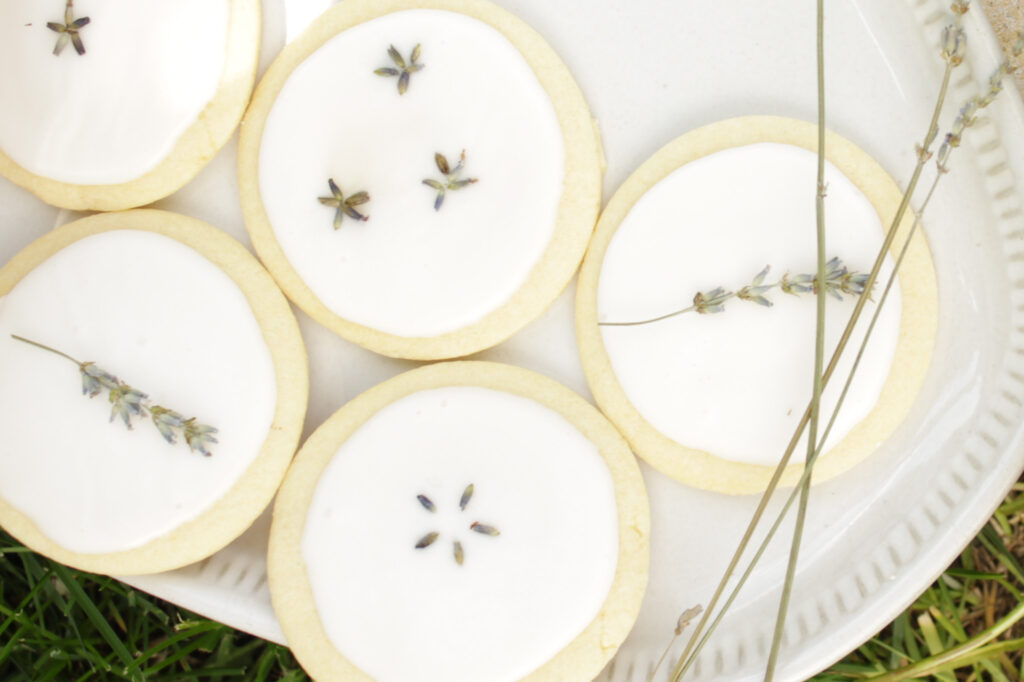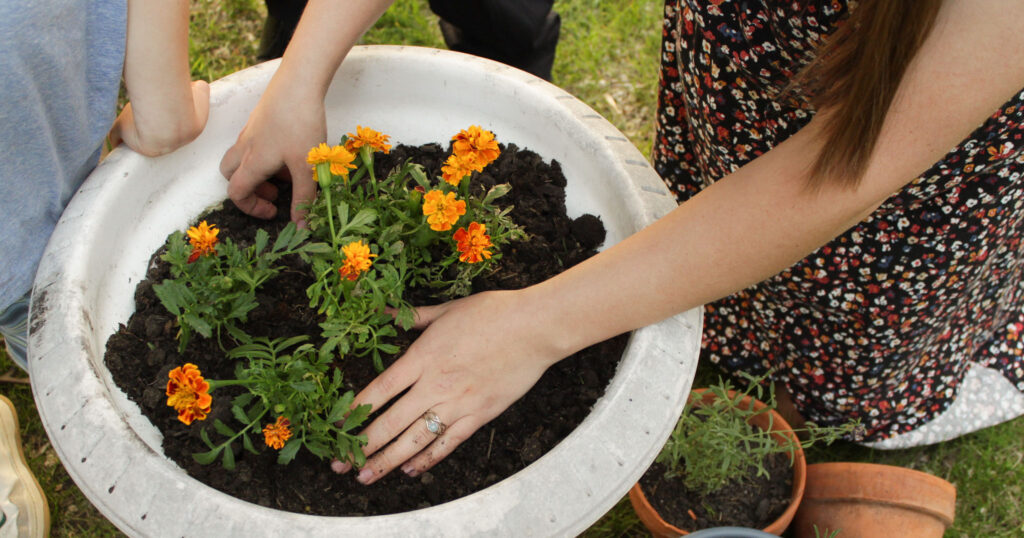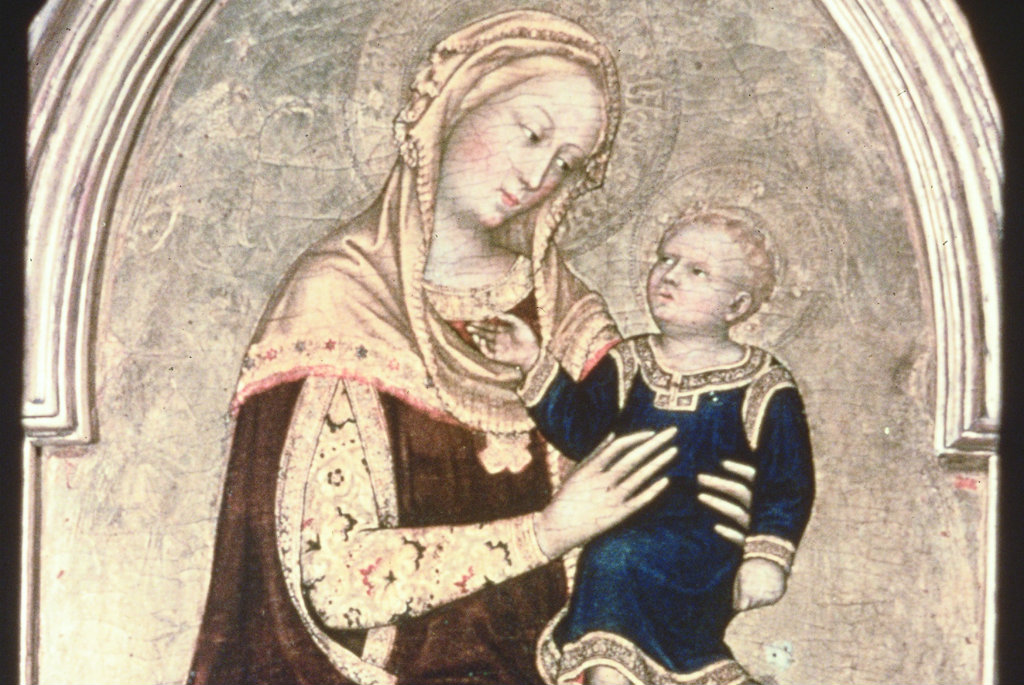This is the latest installment of “Life in the Church Year,” a series by Dr. Kristen Einertson and Tessa Muench of All the Household. This series will provide guidance for living out the seasons of the Church Year at home with your families. Find month-by-month lists of Lutheran feasts, festivals and commemorations here.
As summer wanes and August greets us, the church finds herself deep in the season of Trinitytide. During this season, our church body commemorates the lives of many Christians who came before us — faithful men and women who lived out their Christian callings in a variety of vocations. Among them, St. Mary, the mother of our Lord, stands out. She is commemorated in the summer months with feasts such as the Visitation in July and her traditional death day on Aug. 15.
Whenever Lutherans speak about commemorating Mary, a familiar question arises: Isn’t honoring saints too “Catholic”? Compared to Roman Catholics, the Eastern Orthodox and even Evangelicals — who have much to say about Mary, for better or worse — Lutherans may wonder what their own biblical confession says. How do we honor saints without falling into the two ditches: the error of worshiping them or the error of rejecting church history altogether?
The Apology of the Augsburg Confession outlines three reasons we remember the saints. First, we give thanks to God for their faithful lives. Mary is no exception — she is a prime example of receptive faith, of hearing the Word of God and submitting to it. Second, learning about their lives strengthens our faith as we witness their failings, their repentance and the mercy of God in His love for them. Mary is once again a prime example of how the loving call of God makes His people part of His story of salvation. Third, we honor saints by imitating their faith and good works, seeing them as first and foremost imitators of Christ and wonderful role models for us in living out a Christian life. In Mary, women can find a model of devotion, courage and obedience.
As we join the church in devoting summer holidays to the remembrance of Jesus’ mother, we can look to the many ways the church has commemorated this lady. Quite importantly, Scripture gives us her beautiful hymn of praise — the Magnificat — which we still sing during Evening Prayer.

Additionally, Christians have for centuries found inspiration in Mary’s life and vocation by engaging in gardening — planting and nurturing life as she did in bearing Christ. Many flowers and herbs bear her name: marigold, rosemary and Lady’s Slipper, to name just a few. Rooted in medieval and early modern Christian tradition, planting and caring for these plants, even filling a garden with flowers and herbs named after the Virgin Mary or associated with her virtues, is a way to invite prayerful reflection. It becomes a meditative space to remember the gift Mary is to the church, the virtues she modeled, and how we might mirror her faithful obedience in our walk with Christ.
Finally, to mark Aug. 15, consider baking lavender sugar cookies (see facing page for recipe) — a nod to the German tradition of Kräutertag (“Spice Day”), when herbs were gathered and blessed. Lavender’s calming scent evokes Mary’s gentle spirit, while its blue-purple color recalls the traditional hue associated with her in art: signs of purity, domestic tenderness and peace.
St. Mary Lavender Sugar Cookies
Ingredients:
1 stick unsalted butter, softened 1 cup sugar 1 egg ½ tsp. lavender tea (or substitute vanilla/ almond extract) 1 tsp. baking powder 1 ¾ cup unbleached white flour 1 to 1 ½ cups confectioner’s sugar 2 Tbsp. milk 1 Tbsp. fresh lavender, for decoration
Instructions:
- Cream butter and sugar. Mix in egg, ½ tsp. of lavender tea, and baking powder.
- Add ½ cup of flour, then remaining flour ¼ cup at a time. Form dough into a ball; chill 5–10 minutes.
- Roll to ¼ inch thick on floured surface. Cut cookies into circles and place on lined baking sheet.
- Bake 7 minutes at 400ºF. Cool completely.
- While cooling, mix powdered sugar and milk to form a thick frosting.
Cover image: Tessa Muench






A very good feel good story and I learned something’s, too. Thank you! And, pretty cookies!👍😃